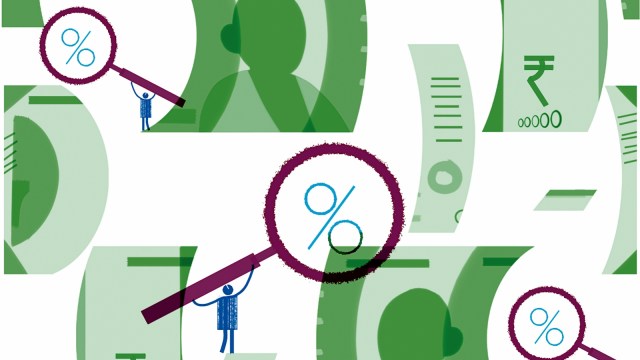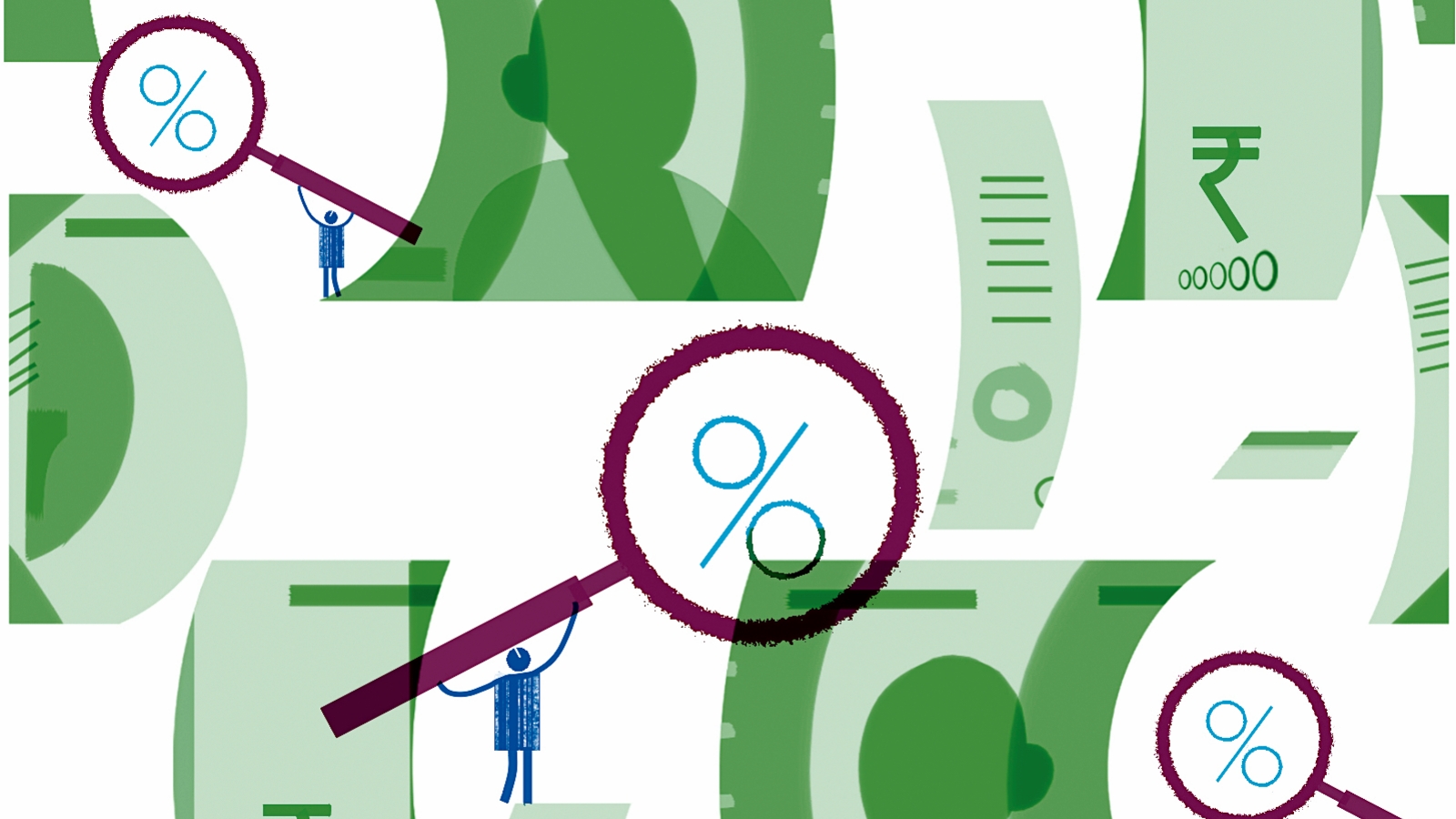
The political backdrop against which the upcoming Union budget will be presented is remarkably different from that of the previous 10 budgets. How the ruling dispensation has read the fractured election verdict, and what it perceives its chances are in the upcoming state elections could well have a bearing on the contours of the budget proposals. After all, it will feel the need to wrestle back control over the narrative.
In this changed landscape, the Finance Minister will undoubtedly have a tough job, balancing multiple pulls and pressures. In the past, when faced with electoral uncertainty, governments of varying ideological leanings have tended to opt for new welfare programmes and enhanced social sector spending. More recently, governments in states such as Maharashtra and Haryana also seem to have opted for this approach — their proposals range from providing a monthly cash transfer to women to free bus rides, along with filling up vacancies in government posts. As politics revolves around a constant reconfiguration of alliances, the ruling dispensation at the Centre could, in a similar vein, make a concerted attempt to woo those who exercise disproportionate electoral sway.
And it is the government’s good fortune that its revenue constraints have been eased with the RBI transferring a larger-than-expected surplus. Along with the other budget proposals, how this surplus is utilised — whether it is used to ramp up welfare or capital spending or bring down the fiscal deficit — will not only indicate the government’s views on the changed political landscape, but also on the state of the economy and how it may have played a role in swaying the voters. For, under the veneer of 8 per cent growth lies several uncomfortable questions. Growth isn’t as robust as many argue. And the distribution is perhaps worse. The fact that the Centre’s fiscal deficit was at 5.6 per cent of GDP last year only underlines that government spending remains a key driving force in the economy. An increase in employment largely via self-employment — which essentially involves one-man roadside shops and unpaid work in household enterprises — is not a sign of a healthy labour market. Stories of unemployed and underemployed youth trading during the day and gaming during the night only indicate the opposite. Alongside, they also incur the tax of high food inflation.
But, the election result has also posed a rather uncomfortable question to political parties on the possible limits of welfarism. And that perhaps the public provision of private goods might not always be enough to sway the electorate. Sooner or later, governments will run up against the wall of structural transformation, of inadequate job creation and deepening labour market duality.
So far, the government’s approach to push up manufacturing — a pathway to more productive job opportunities for low and semi-skilled workers — has largely relied on a combination of raising tariffs and providing subsidies through the PLI scheme. While there has been some success in mobile phones — Apple in particular — beyond that, progress has been modest, if at all. The sector’s share has remained stagnant at around 17 per cent of GDP for the past two decades. The contradictory approach of raising tariffs, trying to become atmanirbhar, while wanting to be part of global supply chains isn’t helping. While the government has shown some urgency in signing trade deals, succumbing to pressure groups and not joining RCEP, when almost every competitor in the China-plus-one play has, or is planning to, calls for serious introspection over the trade policy.
Overall, corporate investments remain subdued despite the use of all fiscal levers available to the government. While the emphasis on national champions may be part of a well-thought-out strategy, it is unlikely to move the needle significantly on either investments or jobs. For instance, as per reports, Goldman Sachs has estimated capital investments by Reliance Industries at around $125 billion over the past 10 years, implying an average of $12.5 billion per year. To put this in perspective, total investments in the economy were in excess of $1 trillion last year. A much broader base of companies is needed to drive the capex cycle, especially if some of the national champions largely resort to inorganic means of expansion. While some believe that with healthy bank and corporate balance sheets, the private sector is ready to embark on a new investment cycle, for the moment, fear — or caution — is trumping. Animal spirits remain caged, not unleashed.
In the fourth quarter of the last financial year, the country posted a current account surplus. While some have viewed this as a triumph, it is not. The current account is the difference between domestic savings and investment in an economy. A surplus essentially implies that savings exceeded investment, and that rather than borrowing from abroad to finance domestic investment, as India normally does, domestic savings were invested abroad. Not an ideal situation for a capital deficit country, when in fact, household savings are under pressure.
Subdued investments, and a consequent weak labour market, where millions remain trapped in low-productive jobs, imply that overall consumption demand is likely to remain anaemic. Some segments, however, will thrive on the back of higher spending by the affluent. There are several markers of this deeply splintered domestic market. FMCG volume growth remains muted, two-wheeler sales are well below the pre-pandemic highs, and the entry-level car market has all but collapsed. On the other hand, sales of high-end cars and premium real estate are racing ahead. The top is soaring, the middle is stagnant, and a vast majority faces near-stagnant real wages.
Against this backdrop, will the budget tinker at the margins or break new ground? Considering the budgets presented in the last decade when the ruling dispensation had an absolute majority, only the changed political scenario could possibly trigger a bold policy agenda, if at all.
ishan.bakshi@expressindia.com



